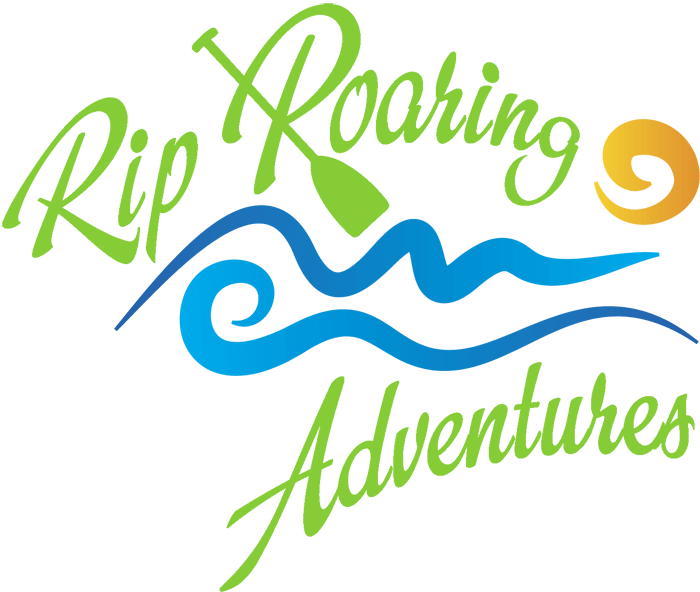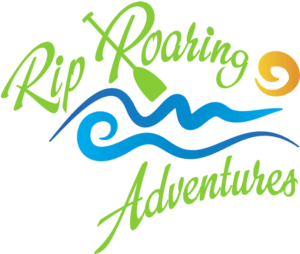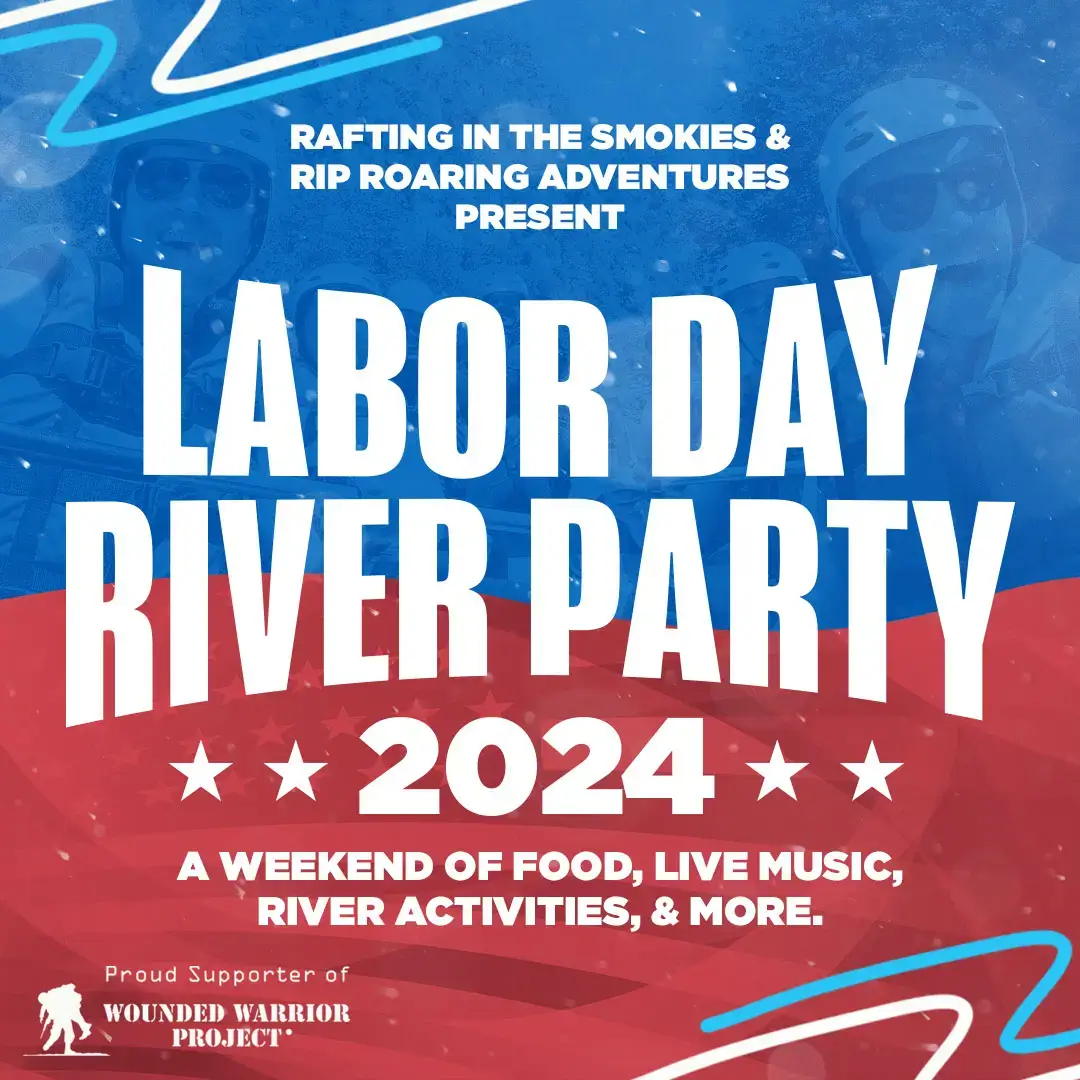Do you love the thrill of adventure and the beauty of nature? Are you curious as to what that thrill might feel like? Whitewater rafting sounds like the perfect activity for you. Whether you’re a seasoned rafter or a first-timer, understanding the different levels of river difficulty is key to choosing the suitable adventure for you or your group. This guide will help you navigate the world of whitewater rafting so you can pick a trip that matches your skill level and excitement. Let’s dive in!
The Importance of Water Levels in Rafting
First thing first: why do water levels matter on a whitewater rafting trip? Water levels can impact your whitewater rafting experience! Higher water levels create more exciting rapids, allowing you to ride powerful rapids and feel the rush as your raft tackles churning whitewater. These conditions can provide a challenging yet thrilling adventure, perfect for adrenaline junkies.
On the flip side, lower water levels offer a smoother ride, ideal for enjoying the scenery and focusing on navigating the river. The best water level depends on what you’re looking for. Consider lower water and more manageable rapids if you want a laid-back paddle.
Whitewater Classification and Rafting Levels
Before you embark on your whitewater journey, it’s essential to understand the difficulty levels you might find on the water. This is where whitewater classifications come in. They’re like a rating system for rivers, letting you know what type of ride you’re in for. As water levels change throughout the season, classifications can change, too, so it’s never a bad idea to call your rafting company ahead of time to see what the river is doing! Now that you understand the importance of classifications and river levels, let’s break down each rapid class.
Imagine a calm river, perfect for a lazy float – that’s a class I. As the numbers go up, so does the intensity. Think of it as a fun introduction to whitewater. You’ll encounter more active rapids and maybe some maneuvering around rocks as classifications rise, but a good guide and a little teamwork will get you through with smiles and soaked clothes.
Once you enter Class IV, things start to ramp up for the thrill-seekers with bigger currents, steeper drops, and rapids that might require serious paddling skills. This is where the real adrenaline starts pumping!
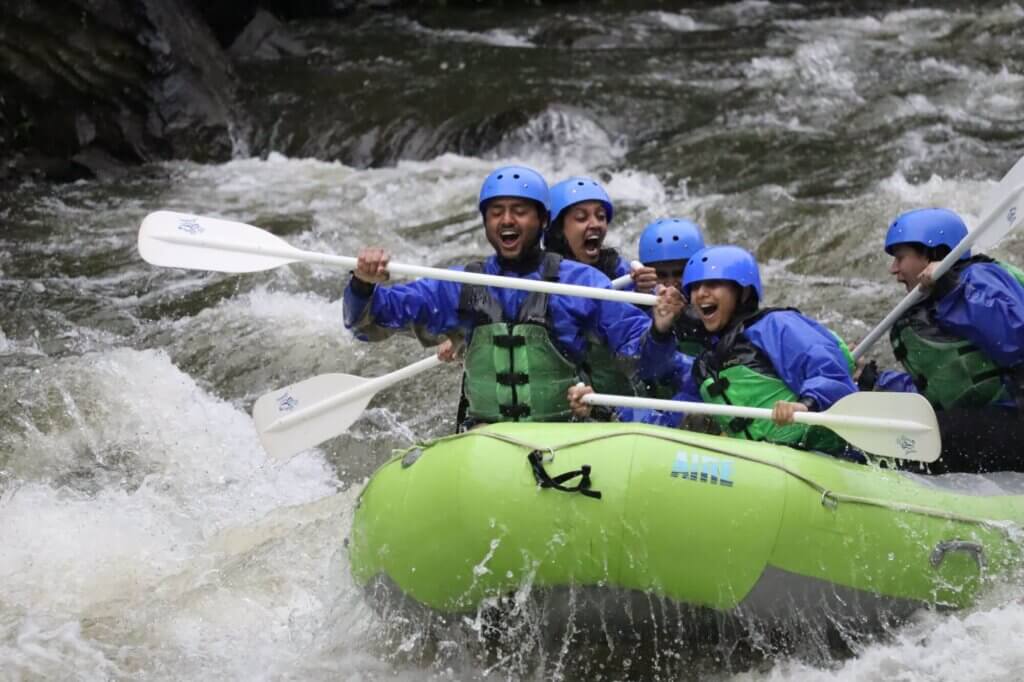
Remember, the perfect level depends on your experience and what kind of adventure you crave. So, whether you’re a rafting newbie or a seasoned pro, there’s a whitewater experience waiting for you! Here’s a breakdown of what to expect from each class:
Class I (Novice)
Class I rapids are defined by moving water with small rapids that tug at the raft in a downstream flow – it’s a relaxing way to spend the day. Rafting trips on Class I white waters are often called “scenic float trips.” Most rivers have calm Class I water stretches, creating a pleasant break between larger rapids. The fitness level required for this type of rafting is minimal, making it perfect for families and novices looking to enjoy the river. You won’t need a high skill level to navigate these gentle waters, and they often serve as a great introduction to the excitement of white water rafting.
So, if you’re a novice hoping to get a feel for rafting and having a guide teach you the basics, these river sections have the most manageable requirements. However, if you’d like to experience some larger rapids, you may want to consider a trip featuring Class II and III rapids.
Class II (Advanced Beginner)
Class II rapids are also perfect for advanced beginner rafters. However, they offer a bit more excitement. These river sections feature broad areas of water traveling quickly enough to form 1-3 foot whitecaps. The rapids are easily visible among wide channels, making surprises unlikely. While you might need some maneuvering guidance from your river guide to keep your boat headed straight into the oncoming rapids, it’s manageable as long as you’re at a basic fitness level.
Class I-II whitewater sections are an excellent introduction to rafting, as they combine excitement with a more controlled environment. These water levels allow you to gain confidence and refine your skills before tackling more challenging routes.
Class III (Intermediate)
Class III rapids are ideal for experienced rafters or adventurous beginners looking to experience the thrill of white water rafting with a guide. This class features rapids with up to 4 or 5-foot tall crashes over the bow, providing some exhilarating moments! As you navigate the river, you’ll encounter stronger currents (hydraulics) and brief narrow passages between boulders or cliff walls. The boat will shimmy and bob with the increased punch of these larger rapids. Still, you’ll usually find calmer and wider recovery areas below each obstacle. This makes the results of hitting something askew less severe. Guided rafting trips ensure plenty of excitement and fun, making Class III an excellent choice for those new to the sport.
You may be ready for a more intense rafting adventure if you’re an advanced rafter who’s conquered Class II and III rapids before. That’s where Class IV waters come in.
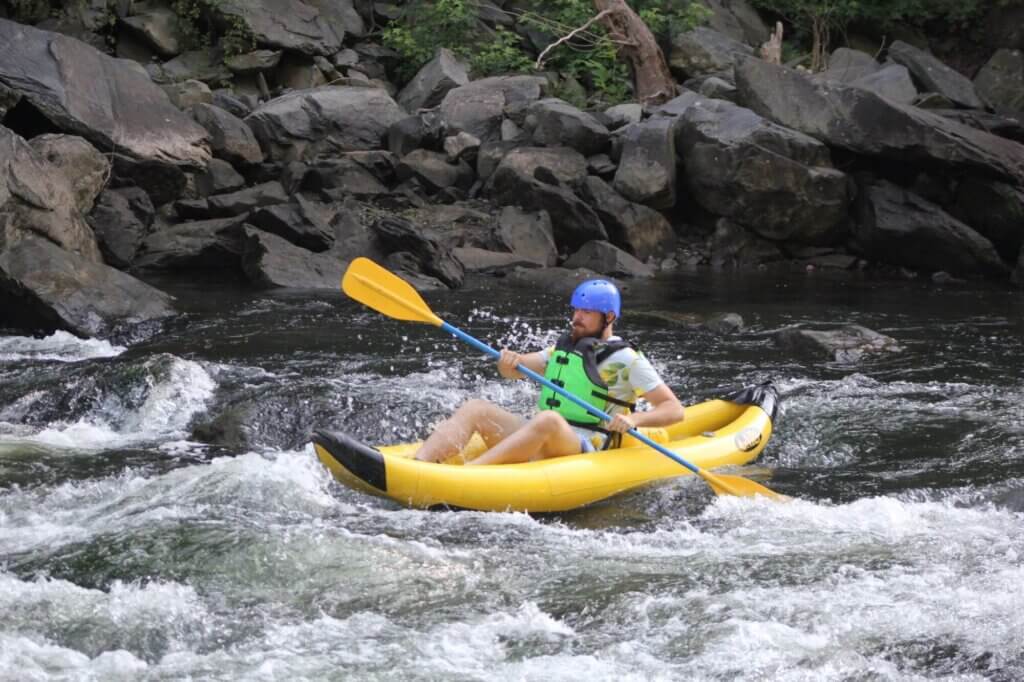
Class IV (Advanced)
Class IV whitewater rapids feature larger splashes, narrow passages, and numerous obstacles. They’re best for experienced rafters who have had to maneuver rapids before. These whitewater rafting levels may ask of you things like quick reflexes, intense turns, spins, and lateral moves across the current. The rapids’ intensity level is substantial, often resulting in longer, steeper, and more difficult sections.
In this class, the river’s slightly more unpredictable nature means you’ll need to be on alert to avoid taking a dunk. The thrill and risk make Class IV rapids a favorite among experienced rafters seeking advanced adventures on the river. Experienced and pro river guides are the key to tackling trips with these rapids. They provide advanced skill reviews and guidance throughout the trip to ensure an unforgettable rafting experience.
Only after mastering Class IV waters should rafters consider tackling Class V. Even some of the best and most experienced river guides and rafters venture into Class V and beyond rapids. Past Olympic courses have only used Class III and IV rapids.
If you’re seeking the ultimate adrenaline rush, tackling an experienced-level river could be the highlight of your whitewater adventures. Your guides at Rip Roaring Adventures are here to provide experienced or expert-level reactions and skills.
Class V (Expert)
Class V rivers are for experienced rafters due to their intense and robust nature. An increased fitness level is important to navigating these whitewater rapids, as the powerful currents and challenging obstacles require some skill and endurance. For good reason, river classification systems place these rivers at the experienced level, representing some of the most thrilling whitewater you can encounter.
White water rafting on a Class V river is not for the faint-hearted; it asks of you quick reflexes and precise maneuvers. There are very few rivers featuring these rapids in the United States.
Class VI (Extreme)
Class VI rapids, the pinnacle of whitewater challenges, demand a very high fitness level due to their intense nature. Rivers containing these rapids have hazardous terrain features like vertical drops, strong currents, and rapids, making it one of the most dangerous rides. You can expect everything from formidable boulders to deceptively powerful holes, each capable of flipping or trapping boats in their intense hydraulics.
These rapids are few and far between, only found in select locations worldwide. As the highest level of whitewater rafting, Class VI isn’t just about navigating the river; it’s about surviving it. Only rafters with substantial experience and impeccable physical conditioning should attempt these treacherous waters and only in scenarios where it is absolutely necessary to risk entering them.
Choosing the Right Whitewater Rafting Trip Based on Skill and Difficulty Level
When selecting a whitewater rafting trip, consider the classification system and your skill level. From Class I to Class VI, each rating indicates the requirements and challenges you might face. Understanding these classifications helps you pick a trip that matches your experience.
Novices should consider starting with more accessible classifications, while seasoned rafters might opt for more advanced classes. Experts at Rip Roaring Adventures will assess your previous class experiences and align them with the difficulty level of the best rafting trip to ensure a safe and enjoyable adventure!
Younger Children and Families – Recommended Classes: I-II
Class I and II rapids are perfect for families and folks just starting their rafting adventure! With Class I, you can expect a gentle float down a river – easy and fun for even the littlest paddlers. Class II adds a little more excitement with some small splashes, but it’s still relaxing and safe for kids. No need to be a rafting pro for these levels – it’s all about having fun and enjoying the ride together.
Adventurous Beginners – Recommended Classes: III
Ready to pump up the excitement a bit? Class III rapids are perfect for you! They’re like the middle child of rafting – not too easy or crazy. You’ll feel the rush of the river without getting totally soaked. With Class III, you’ll encounter bigger rapids and twists and turns, but don’t worry – with some guidance, you’ll feel that adrenaline in no time. Just make sure you’re ready for an adventure!
Experienced Rafters – Recommended Classes: IV
Class IV rapids are for the adrenaline junkies! These rivers are no joke. Therefore, they require experienced rafters or rafters with professional river guides. They’re intense, with surges and currents. You’ll need to prep and be clear on essential rafting skills and quick reflexes to handle these beasts. It’s like a rollercoaster ride on water but way more challenging! So, if you’re looking for the ultimate thrill, Class IV is where it’s at.
Expert Rafters – V+
Class V+ rapids are incredibly challenging and only in select locations nationwide and worldwide. Don’t try these trips unless you’re a very expert professional rafter. It’’s essential to remember that these conditions are dangerous–survival is always in question!
In Summary
Now that you’re armed with rapid knowledge, it’s time to turn that dream into reality! At Rip Roaring Adventures, we offer exhilarating rafting experiences for all skill levels. Whether you’re a curious beginner or a seasoned paddler, our expert guides and the stunning Pigeon River will have you hooked. So don’t wait! Visit our website to book your unforgettable whitewater adventure. We’ll get your adrenaline pumping and leave you with memories that last a lifetime!
